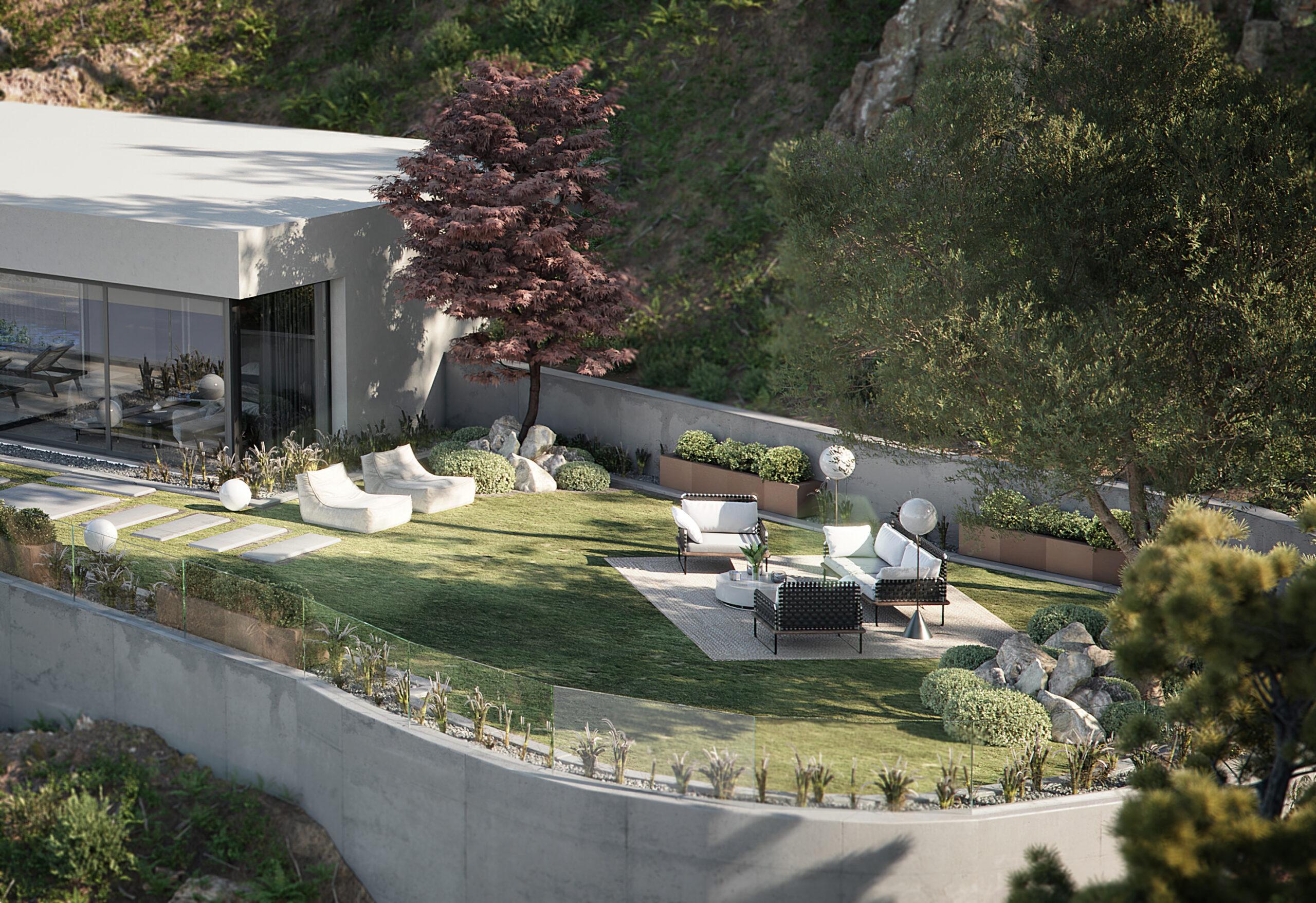
Exploring Diverse Types of 3D Visualizations
- Yissel Álvarez
- September 14, 2023
- 3D Design
- 0 Comments
In the dynamic realm of 3D visualizations, creativity knows no bounds. Exploring Diverse Types of 3D Visualizations is important whether you’re an aspiring architect, a seasoned game developer, or an enthusiast simply curious about the magic behind 3D graphics. This article is your comprehensive guide to understanding the various types of 3D visualizations that can bring your projects to life.
Understanding the Landscape: Types of 3D Visualizations
3D Models: Crafting Reality in Pixels
At the core of 3D visualization lies the art of creating three-dimensional models. These digital masterpieces can represent real-world objects or imaginative creations. Architects employ them to bring architectural concepts to life, while artists and designers utilise them to manifest their artistic visions. From product prototyping to educational demonstrations, 3D models serve as the canvas on which reality is painted in pixels.
3D Animations: Breathing Life into Imagination
Imagine witnessing a star’s journey through the cosmos, or the intricate dance of a complex machine’s inner workings. Such visual marvels are achieved through 3D animations, a medium that strings together a sequence of 3D images to create the illusion of motion. Game developers, scientists, and filmmakers alike harness this technique to convey dynamic processes and phenomena.
3D Maps: Navigating the Third Dimension
While traditional maps provide us with a bird’s-eye view of our world, 3D maps immerse us within it. They serve a vital role in navigation, urban planning, and research. Urban planners use 3D maps to design future cities, researchers employ them to study environmental changes, and GPS systems offer more intuitive guidance through three-dimensional landscapes.
Interactive 3D Visualizations: Empowering User Engagement
The ability to interact with a 3D visualization adds a new layer of depth and understanding. Users can rotate, zoom, and manipulate the visual content, providing a hands-on approach to exploring complex data. This form of visualization is particularly valuable in fields like data analysis, where users can dissect intricate datasets with ease.
Immersive 3D Visualizations: Stepping into a New Reality
The pinnacle of 3D visualization is the immersive experience offered by virtual reality (VR) and augmented reality (AR) environments. These technologies plunge users into a world where the lines between the digital and physical blur. Immersive 3D visualizations are increasingly harnessed for education, entertainment, and research, providing a level of realism and immersion previously unattainable.
Choosing the Right Tool for Your 3D Project
The choice of 3D visualization type depends on your specific goals and target audience. Architects might gravitate towards 3D models for their design presentations, while educators may prefer interactive 3D visualizations to engage students in complex concepts. Game developers may harness the power of 3D animations, while urban planners turn to 3D maps to design liveable cities.
Read this article: How to Use 3D Visualization to Effectively Communicate Architectural Designs
In conclusion, the world of 3D visualizations is a rich tapestry of creativity and utility. With the right choice of visualization type, you can breathe life into your projects, educate and entertain, and explore the boundaries of human imagination. Whether you’re crafting architectural wonders or unveiling the secrets of the cosmos, 3D visualizations are your window to a world of endless possibilities.
If you need assistance with your architectural project and require visualization services, please feel free to contact us for further information.
Related Posts

- Yissel Álvarez
- December 5, 2023
Architectural Visualisation Trends 2023
Architectural Visualization Trends 2023 provide architects with unprecedented tools for bringin ..

- Yissel Álvarez
- June 22, 2023
Architectural Visualization Services: A Game-Changer in Project Marketing
The field of architectural visualization services play a crucial role in meeting the evolving n ..





